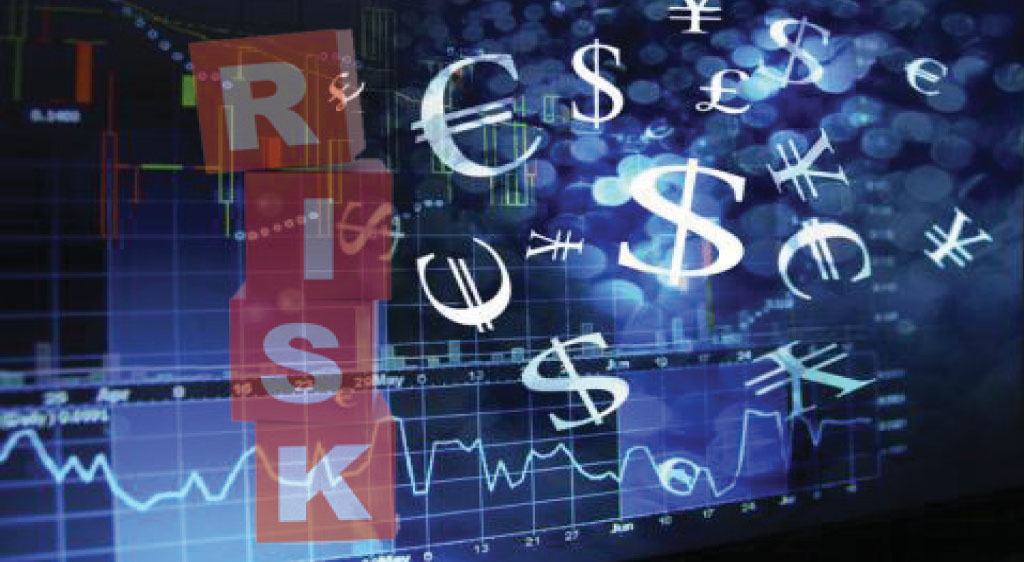
Understanding Foreign Exchange Risk
The danger happens when an organization takes part in monetary exchanges or keeps up fiscal summaries in a money other than where it is settled. For instance, an organization situated in Canada that works together in China – i.e., gets monetary exchanges in Chinese yuan – reports its fiscal summaries in Canadian dollars, is presented to unfamiliar trade hazard.
The monetary exchanges, which are gotten in Chinese yuan, should be changed over to Canadian dollars to be accounted for on the organization's budget summaries. Changes in the swapping scale between the Chinese yuan (unfamiliar money) and Canadian dollar (homegrown cash) would be the danger, henceforth the term unfamiliar trade hazard.
Read more about and protect your self from foreign exchange risks
Unfamiliar trade hazard can be brought about by appreciation/devaluation of the base money, appreciation/deterioration of the unfamiliar cash, or a blend of the two. It's anything but a significant danger to consider for exporters/shippers and organizations that exchange worldwide business sectors.
Learn more about Foreign exchange Forward Contracts
1. Transaction risk
Transaction risk is the danger looked by an organization when making monetary exchanges between wards. The danger is the adjustment of the conversion scale before exchange settlement. Basically, the time delay among exchange and settlement is the wellspring of exchange hazard. Exchange hazard can be moderated utilizing forward agreements and alternatives.
For instance, a Canadian organization with tasks in China is hoping to move CNY600 in income to its Canadian record. In the event that the swapping scale at the hour of the exchange was 1 CAD for 6 CNY, and the rate consequently tumbles to 1 CAD for 7 CNY before settlement, a normal receipt of CAD100 (CNY600/6) would rather than CAD86 (CNY600/7).
Learn more about Foreign exchange Market order
2. Economic risk
Economic risk, otherwise called figure hazard, is the danger that an organization's fairly estimated worth is affected by unavoidable openness to conversion scale vacillations. Such a sort of hazard is typically made by macroeconomic conditions like international flimsiness or potentially unofficial laws.
For instance, a Canadian furniture organization that sells locally will confront financial danger from furniture merchants, particularly if the Canadian cash startlingly fortifies.
3. Translation risk
Translation risk, otherwise called interpretation openness, alludes to the danger looked by an organization settled locally yet leading business in an unfamiliar purview, and of which the organization's monetary presentation is signified in its homegrown money. Interpretation hazard is higher when an organization holds a more prominent segment of its resources, liabilities, or values in an unfamiliar cash.
For instance, a parent organization that reports in Canadian dollars however administers an auxiliary situated in China faces interpretation hazard, as the auxiliary's monetary presentation – which is in Chinese yuan – is converted into Canadian dollar for detailing purposes.
Comments
Post a Comment